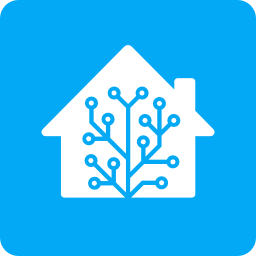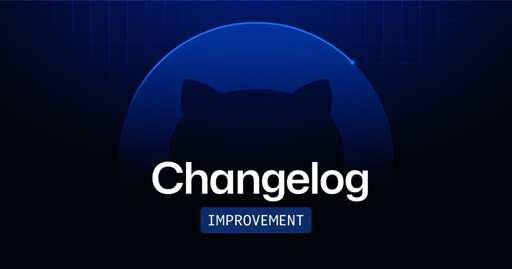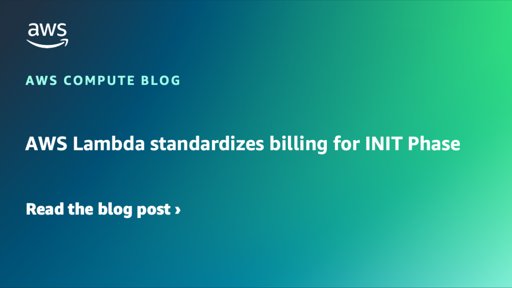

It makes some things hard and some things easier. For example, you can more easily defend against DoS attacks because there’s just more targets.
But decentralized makes it easier for bot manipulation because you can hide your actions across multiple users on different instances and those instances can’t easily identify bot signatures like IP addresses to ban many accounts.











Sounds a lot like getting used to time zones. Just get used to it being 3pm there when it’s 6pm here